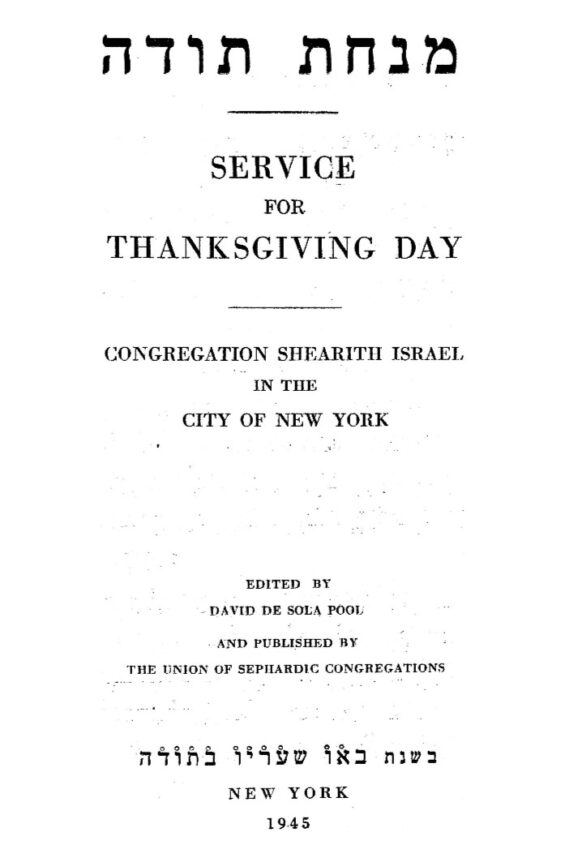More than a century ago, Jewish federations served the needs of tightly knit Jewish communities around the country. Centralized, bureaucratic and occasionally paternalistic, these charitable organizations were highly efficient fundraising and money-dispensing machines in an era when Jews were marginalized members of a WASP-dominated society.
To paraphrase Bob Dylan, the times they have a changed. Today, Jews are among the most educated and affluent minority groups in the United States. Attitudes toward them have evolved to such an extent that an Orthodox Jew, Sen. Joseph Lieberman (D-Conn.), is considered a front-runner for the Democrat Party’s presidential nomination.
As these tectonic shifts in American Jewish life occurred, federations, like dinosaurs trapped in tar pits, seemed stuck. As Jews became more secular, assimilated, geographically dispersed and willing to give to universities, museums and other non-Jewish causes, federations focused on the same handful of rich donors and trotted out their same tired fundraising campaigns.
Not surprisingly, they have found it increasingly difficult to engage their supporters in recent years. The nation’s federations raised $851 million in their annual campaigns in 2001, only 18 percent more than the $719 million in 1991, according to the United Jewish Communities (UJC), an umbrella group for 156 federations in North America and 400 independent Jewish communities. The Jewish Federation of Greater Los Angeles performed slightly worse than the national average, raising 3 percent less in that period, excluding other money-raising campaigns.
To maintain their relevance and polish their images, several federations are making sweeping changes in the way they operate, raise money and define their mission. From Los Angeles to Philadelphia and from Atlanta to Denver, these philanthropic bodies are looking at ways to boost fundraising, strengthen communal bonds and fund programs and agencies that resonate best with Jewish communities. In many instances, the UJC is providing consultants to help.
"We’re going to reinvent ourselves," L.A. Federation President John Fishel said. "We must; we will."
However, federations face myriad challenges that might prove difficult to surmount. Scores of Americans have lost faith in big institutions, said Mary Joyce, Gianneschi professor of nonprofit marketing at California State University Fullerton.
Joyce said that in the wake of United Way scandals in the 1990s and more recent corporate malfeasance at Enron Corp., WorldCom Inc. and Global Crossings Ltd., "people have become cynical of big business or anything that mimics big business. So when you have a big organization or charity that touts its ability to serve a big constituency, they’re now seen as suspect by many."
On Aug. 20, the L.A. Federation’s board will meet to consider a series of policy recommendations that would radically overhaul the organization from top to bottom. The fruits of eight months of intensive labor by a group of 25 local Jewish leaders — including Allan Cutrow, former chair of the Jewish Community Foundation; Frank Maas, The Federation’s former chair of planning and allocations; and Michael Koss, former chair of the United Jewish Fund — the proposed changes would "permit The Federation to remain as the central body in meeting the educational and social welfare needs of Los Angeles," said Irwin Field, head of the Blue Ribbon Task Force.
The L.A. Federation’s initiatives come at a period when it has fallen on tough times. In December, the organization posted a $1 million budget shortfall that was covered by reserves, said Field, who is also chair of The Jewish Journal’s board.
With annual campaign fundraising relatively flat over the past five years and workers’ compensation insurance costs tripling since 1999, the nonprofit organization expects to lay off some employees in coming weeks. Morale has flagged because of the uncertainty, said Jeff Rogers, president of the AFSCME, Local 800, which represents 84 of The Federation’s 145 employees.
In this difficult economic climate, other local Jewish agencies have also taken a hit. Jewish Vocational Service (JVS), a nonprofit that offers employment services, has lost $500,000 in government funding since October and recently laid off five workers. The cuts have led, in some instances, to a 10-day wait for career counseling, JFS Chief Executive Vivian Seigel said.
Jewish Family Service (JFS), in an attempt to balance its budget, recently eliminated the equivalent of seven of the agency’s 421 full-time positions. Jewish Free Loan Association has experienced a dramatic jump in loan requests without a corresponding bump in fundraising.
At The Federation, the task force has come up with 12 policy recommendations, subject to final board approval. Among the proposals:
-
Federation staff members should increasingly focus on high-end donors to raise more money, although the organization continues to have a commitment to the broader community.
-
All Federation personnel should help with fundraising in some way.
-
All allocations to national bodies must be consistent with The Federation’s strategic priorities.
-
All unanticipated or unbudgeted costs must be offset by additional revenue.
-
The Federation should partner more closely with such Jewish organizations as the Simon Wiesenthal Center, Skirball Cultural Center and synagogues to create programs, among other initiatives.
-
The Federation should strategically allocate its money to accomplish measurable goals.
Some activists in the community have taken a wait-and-see approach. Gerald Bubis, a former Federation vice president and board member, said he hopes the philanthropic entity will play a more active role in Jewish life in the future.
"Unless and until a federation thinks of doing community building alongside fundraising, it’s going to have a very, very hard time," he said.
The L.A. Federation isn’t the only one getting a facelift.
The Jewish Federation of Greater Philadelphia has just unveiled its road map for the 21st century. With its 2003 annual campaign off by nearly $2 million compared to last year, the organization has decided to sharpen its focus to build "an inspired, caring and connected Jewish community," President Harold Goldman said.
The organization plans to focus on the Jewish elderly, Jewish education and on strengthening ties between Philadelphia’s Jews and the larger community abroad. That means less funding for underperforming agencies.
At the Allied Jewish Federation of Colorado, fundraising for the annual campaign has jumped more than 10 percent to $9.5 million this year. That’s largely due to the recent launch of Total Choice Tzedekah, a program that allows givers of more than $50 to decide where their money goes, said Doug Seserman, federation president. Hebrew schools and synagogues are among the new aid recipients of the directed giving, he said.
In the South, the Jewish Federation of Greater Atlanta recently outlined a series of goals it hopes to reach in five years. The organization wants to double its endowment to $200 million and increase its annual campaign nearly 50 percent to $25 million by 2008. Federation task forces are currently coming up with a strategy to implement it.
Despite predictions of their untimely demise, federations are actually in better shape than many might imagine, said Gary Tobin, president of the Institute for Jewish and Community Research in San Francisco. Although annual campaigns no longer generate much excitement and attempts to reinvigorate them are likely to fall short, federations have proven quite adept at raising hundreds of millions for capital campaigns, endowments and special initiatives, including funds for Jewish victims of terror and indigent Argentine Jews. To cite but one example, the L.A. Federation raised $18.6 million last year for its Jews in Crisis Campaign, money not counted in its annual campaign.
"In terms of creating new vehicles for raising money and managing money, there probably hasn’t been any greater success story in the Jewish community in the past 15 years than federations," Tobin said.




















 More news and opinions than at a Shabbat dinner, right in your inbox.
More news and opinions than at a Shabbat dinner, right in your inbox.